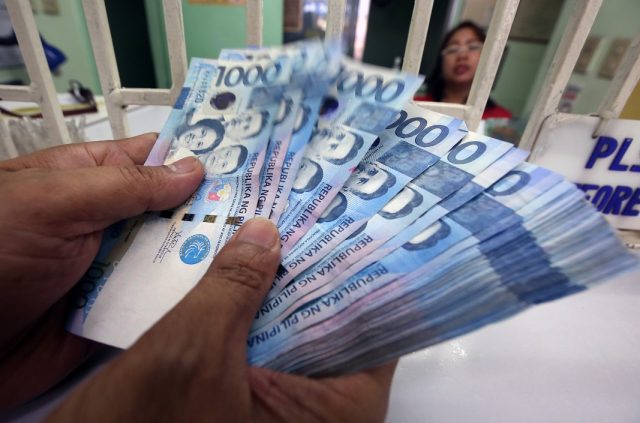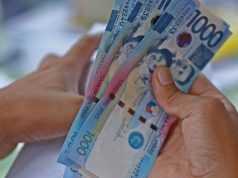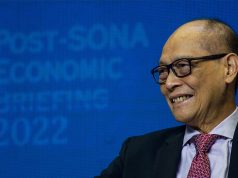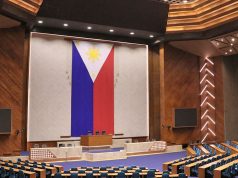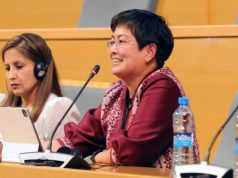MANILA – The Department of Finance (DoF) said the peso remained among the “most stable” currencies in Asia and “finished strongly” in 2017 despite a 0.5% depreciation against the dollar.
The peso capped 2017 below the 50-per-dollar level — clawing back losses after staying within that territory to fall to multi-year lows for the most part of the second half of 2017 — to close at P49.85 against the greenback on Dec. 29, the year’s last trading day. In 2016, the local currency’s finish was P49.60 per dollar.
“The Philippine peso finished strongly in 2017 with a slight 0.5% depreciation and moved within a tighter band compared to other Asian currencies,” the Finance department said in its latest economic bulletin released on Friday.
In arguing that the peso was among the “most stable”, the DoF cited volatility measures used by Bloomberg that showed the average volatility for Asian currencies was 1.5% while the peso’s “deviation from the mean averaged 0.9%.”
“The most stable were the Vietnamese dong (0.29%), HK dollar (0.3%), Indonesian rupiah (0.44%) and the Philippine peso (0.9%),” read the bulletin.
With the 0.5% loss against the dollar last year, still the peso was Asia’s third worst performer for 2017 after the Hong Kong dollar, which lost 0.75% against the greenback, and the Indonesian rupiah which depreciated by 0.61%.
Economic managers of the Duterte government had earlier pencilled in an assumption of P48 to P50 against the dollar for 2017. For 2018 to 2022, the interagency Development Budget Coordination Committee (DBCC) assumes an exchange rate of P49 to P52 against the dollar, adjusting it from an earlier projection of P48-P51. Budget Secretary Benjamin E.
Diokno had said in December in the wake of the Dec. 22 DBCC meeting that “a peso depreciation is actually favorable to our fiscal position.”
On the average, Asian currencies rallied by 4.97% against the dollar with the gains led by the Korean won (11.48%), the Malaysian ringgit (9.80%) and the Thai baht (9.10%).
“The peso avoided hefty appreciation that occurred elsewhere in Asia and boosted export competitiveness amid the recovery of global markets. The 12 Asian currencies appreciated by almost 5% in stark contrast to three currencies that depreciated slightly,” the DoF said.
The peso’s finishing “strongly” in 2017 was “due to sustained strong macroeconomic fundamentals backed by prudent fiscal and monetary policy and continuing economic reforms,” the DoF said.
“This occurred as the legislature passed the first package of tax reforms, the BSP (Bangko Sentral ng Pilipinas) adopted foreign exchange liberalization measures and the Fed continued monetary policy normalization,” said the DoF.
The tax reform program overhauls the 20 year-old national tax code, cutting personal income tax rates, estate and donor’s taxes; removing some value-added tax exemptions; raising excise taxes on fuel, automobiles, coal, and minerals; introducing a sweetened beverage tax and a cosmetic procedure tax; and, raising taxes on foreign currency deposit units, documentary stamps, stock transactions, and capital gains outside the stock exchange.
The BSP meanwhile also raised the amount of dollars that Philippine residents may purchase from the banking system without supporting documentation for legitimate transactions from $120,000 to $500,000 for individuals and $1 million for corporates.
“Sustaining the country’s good macroeconomic fundamentals is essential to maintaining stable currency markets. Likewise, reform programs (e.g., forex liberalization) create an environment more beneficial to economic growth,” said the DoF. — with report from Elijah Joseph C. Tubayan

